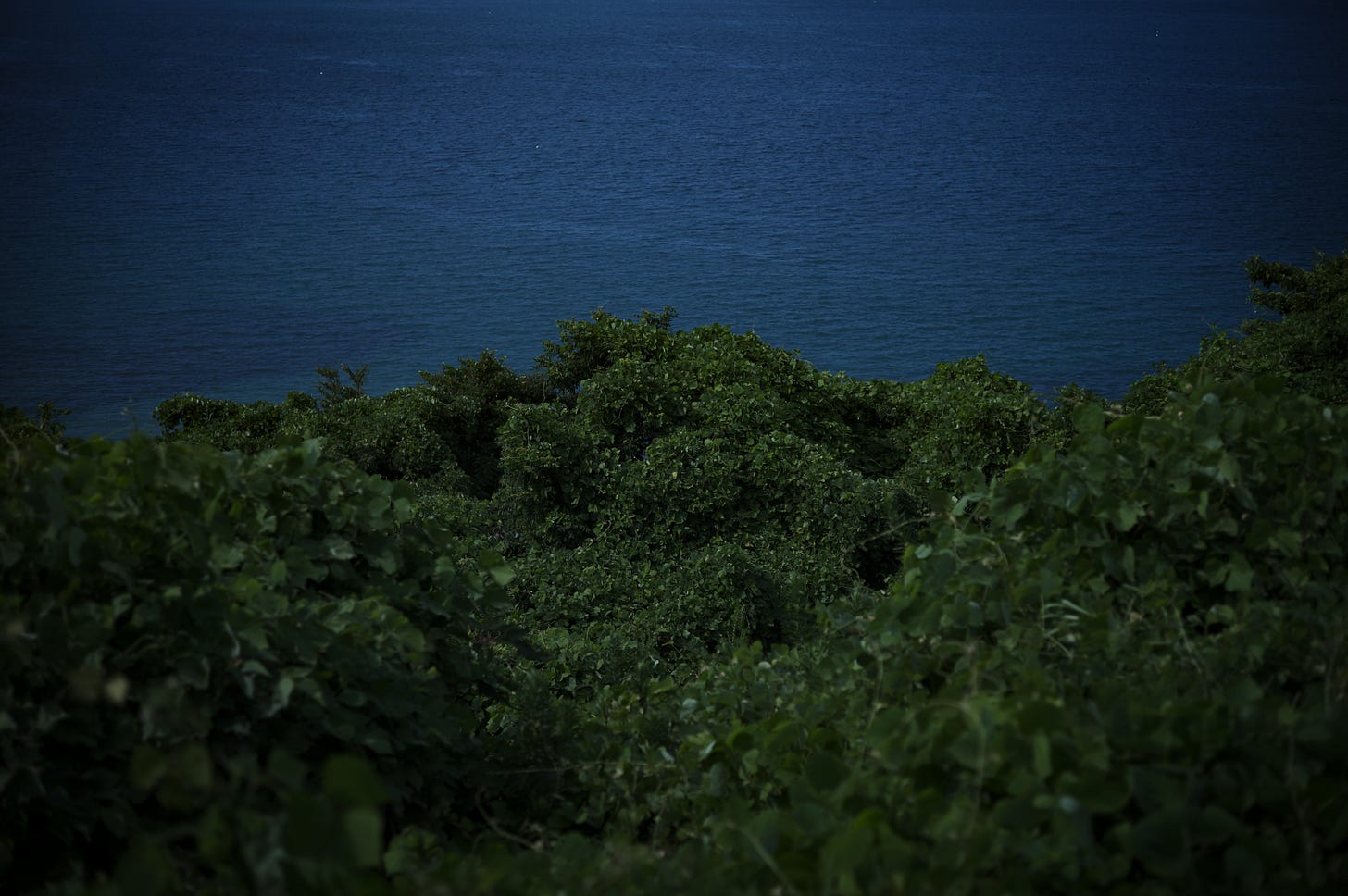Today I am traveling across northern Kyushu, moving from Hakata to Itoshima, Karatsu, Takashima, and Saga. These are modern city and town names, but their roots trace back to the Yayoi period. For example, Itoshima was called Ito-koku (伊都国), and Karatsu was known as Matsuro-koku (末盧国). These names were recorded in the Chinese chronicle Wajinden (魏志倭人伝), the oldest historical source on Japan, where they are mentioned as part of the confederation of countries under the rule of the queen Himiko, who governed the polity of Yamatai. In fact, the Genkai Sea area of northern Kyushu symbolizes the complexity of the Japanese archipelago, which had experienced countless waves of migration long before the historical period, leaving behind traces that remain in the region to this day.
However, the greatest question raised by the Wajinden concerns the actual location of Yamatai, the kingdom ruled by the Yayoi-period queen Himiko described by the Wei envoys. Theories have long been divided between the Kyushu hypothesis and the Kinai (Nara basin) hypothesis, and the debate has continued endlessly, becoming more complicated over time without reaching any conclusion. One of the most important pieces of evidence for the Kyushu theory is Ito-koku, which corresponds to present-day Itoshima.
Countless important Yayoi-period archaeological sites have been discovered in this region, and Chinese chronicles confirm that Ito-koku was treated as exceptional compared to other regions. Given that its scale was larger than neighboring countries, debates have arisen that Ito-koku was in fact the central kingdom at the time. Realistically, for people arriving in Japan from China or the Korean Peninsula, passing through Itoshima as the first gateway was natural, and thus Itoshima functioned as the front line of diplomacy. It controlled foreign information, goods, and people at the outset and expanded its sphere of influence through strong diplomatic ties across Japan.
Among the many sites, the most noteworthy is the Hirabaru site. This site is the burial ground of the last king of Ito-koku and has long been traditionally regarded as the tomb of Ōhirume (大日孁命). The Kyushu theory of Yamatai identifies Ōhirume with Himiko, and moreover, since Ōhirume is described in the Nihon Shoki as another name for the ancestral deity Amaterasu, it suggests the involvement of influential immigrant clans who introduced Amaterasu worship.



